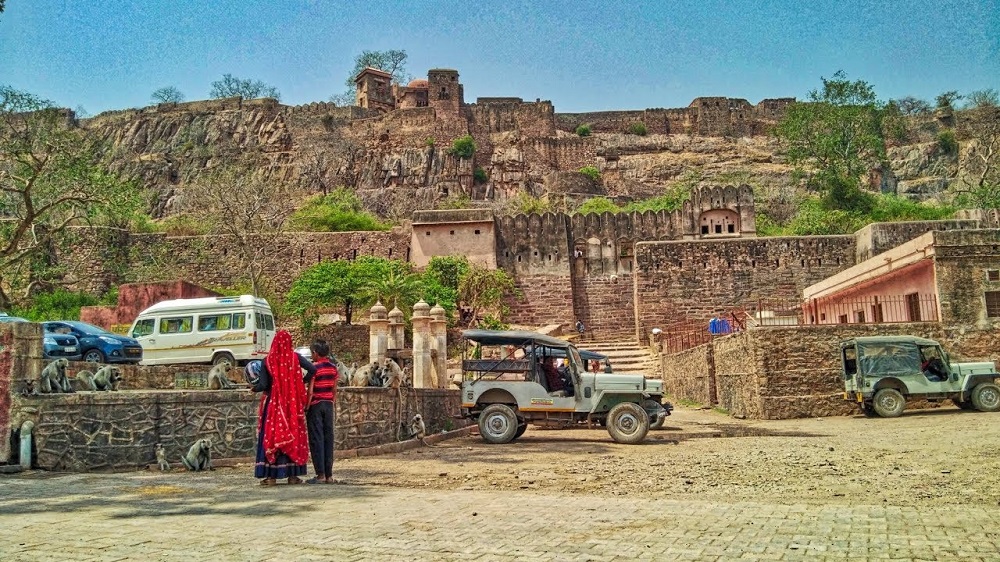Updated:- {9-Jan-24} Nestled within the rugged terrains of Rajasthan, the imposing Ranthambore Fort stands as a silent witness to centuries of history, unfolding tales of valor, royalty, and the symbiotic relationship between man and nature. As I embark on this journey to explore the rich history of Ranthambore Fort, the echoes of bygone eras reverberate through the ancient stones, inviting visitors to delve into its mystique.
Dating back to the 10th century, Ranthambore Fort boasts a storied past that intertwines with the rise and fall of empires. Originally built by the Chauhan Rajputs, the fort underwent numerous expansions and renovations under the reigns of subsequent rulers, including the Mughals and the Maharajas of Jaipur. Each layer of construction bears testimony to the architectural prowess of its builders, reflecting a harmonious blend of Rajput and Mughal influences.
Ascending the fort through its massive gates, I am greeted by a sprawling complex of palaces, temples, and reservoirs that speak volumes about the opulence of the erstwhile rulers. The Hammir Court, named after the legendary Rajput ruler Hammir Dev, serves as a reminder of the valor and strategic acumen displayed by the Rajputs in defending their kingdom against invasions.
One of the most captivating features of the fort is the Ganesh Temple, dedicated to Lord Ganesha. The intricately carved pillars and the sanctum sanctorum exude an aura of divine tranquility, providing a spiritual respite amidst the historical grandeur. Pilgrims and history enthusiasts alike are drawn to this sacred space, where the past seamlessly converges with the present.
As I navigate through the labyrinthine corridors of the fort, the panoramic views of the surrounding Ranthambore National Park unfold, offering a breathtaking spectacle of nature in its raw, untamed form. The fort’s strategic location atop a hill was not merely a symbol of power but also a vantage point for the rulers to survey their kingdom and anticipate any impending threats.
The conservation efforts of the fort in recent years have not only preserved its architectural marvels but also transformed it into a haven for biodiversity. The coexistence of historical remnants and thriving wildlife encapsulates the symbiotic relationship between human history and the natural world, making Ranthambore Fort a unique destination for eco-conscious travelers.
The journey through the fort also sheds light on the legend of the brave queen, Rani Padmini, who is said to have committed “jauhar” (self-immolation) during the siege by Alauddin Khilji. The tales of sacrifice and resilience echo through the walls, immortalizing the indomitable spirit of the Rajput women.
As the sun sets over the Aravalli Range, casting an amber glow on the forts weathered stones, I reflect on the timeless allure of Ranthambore Fort. Beyond its historical significance, the fort stands as a testament to the enduring spirit of Rajasthan, where every brick narrates a saga of valor, culture, and the eternal dance between man and nature. Exploring the rich history of Ranthambore Fort is not just a journey through time; it’s an odyssey that unravels the layers of a legacy etched into the very fabric of India’s cultural tapestry.
